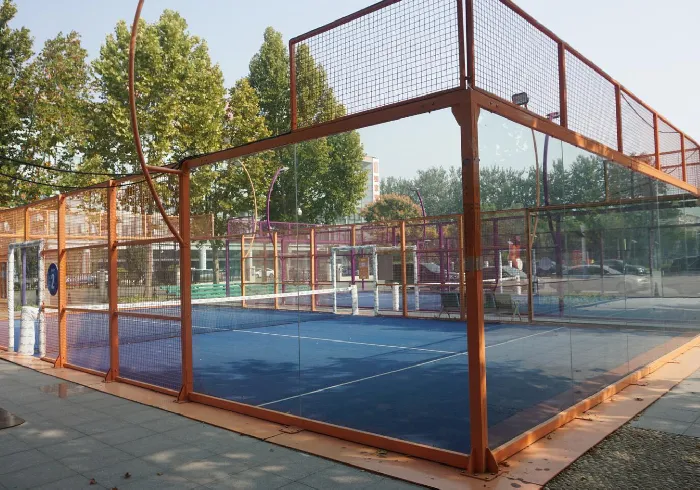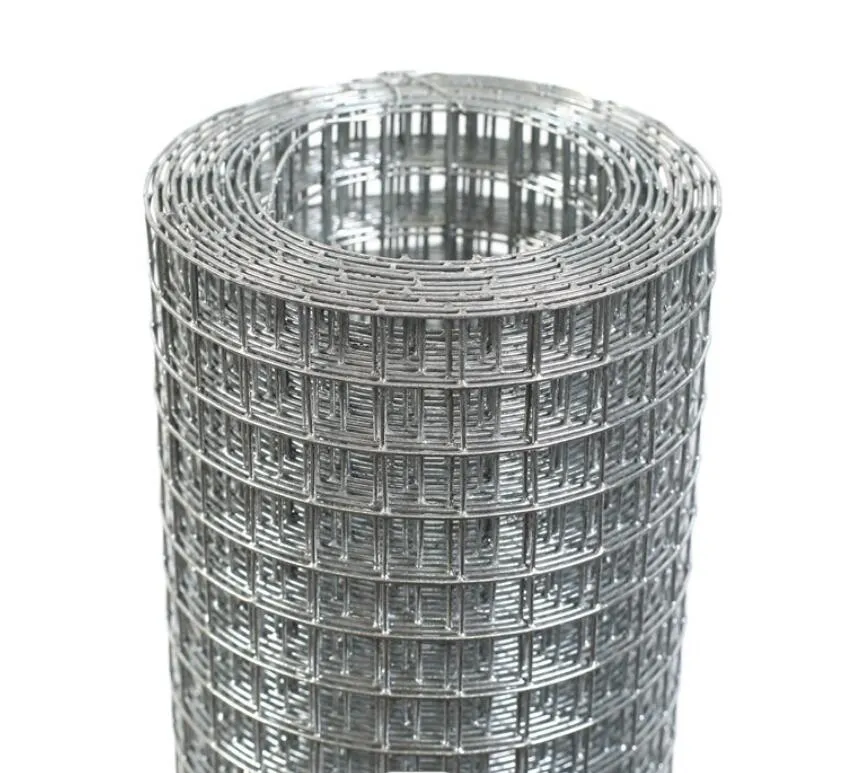
- Afrikaans
- Albanian
- Arabic
- Armenian
- Azerbaijani
- Basque
- Belarusian
- Bengali
- Bosnian
- Bulgarian
- Croatian
- Czech
- Danish
- Dutch
- English
- Esperanto
- Estonian
- Finnish
- French
- Galician
- Georgian
- German
- Greek
- hawaiian
- Hindi
- Hungarian
- Indonesian
- irish
- Italian
- Lao
- Latvian
- Lithuanian
- Luxembourgish
- Macedonian
- Maltese
- Myanmar
- Norwegian
- Polish
- Portuguese
- Romanian
- Russian
- Serbian
- Slovak
- Somali
- Spanish
- Swedish
- Thai
- Turkish
- Turkmen
- Vietnamese
GET A QUOTE
Feb . 10, 2025 12:40 Back to list
Cattle Fence
Building a fence for cattle is an essential task for any farmer or rancher aiming to manage their livestock effectively while ensuring their safety and security. Having spent over two decades working with various types of fencing systems, I’ve gathered rich experiences and insights to help guide anyone embarking on this task, ensuring their cattle are not only secure but also maintained in an optimal environment.
Another critical factor is the height and tension of your fencing. Typically, a height of 54 to 60 inches is recommended to prevent cattle from jumping over, combined with a bottom wire placed 16 to 18 inches above the ground to deter calves from slipping underneath. Ensuring correct tension, especially in wire fences, prevents sagging and potential breaches, maintaining both efficacy and aesthetics. Post-placement is another area that requires careful attention. Wooden posts, thoroughly treated and deeply set into the ground, form the backbone of a durable fence. Spacing the posts appropriately—generally 8 to 12 feet apart—provides structural integrity, no matter the material you’ve chosen for your rails or wires. Maintenance is an ongoing task for any reliable fencing system. Regular inspections for signs of wear, rust, and damage are imperative. For electric fences, testing the voltage across different sections can preempt potential failures. Keeping the fence line clear of vegetation and debris also minimizes risks of interference with electric fences and prolongs the lifespan of wooden materials. In conclusion, building a cattle fence that effectively balances practicality, durability, and safety is an investment that pays immense dividends over time. Utilizing the appropriate materials, aligning design with cattle behavior, and committing to consistent maintenance are all integral to achieving a secure and efficient cattle farming operation.


Another critical factor is the height and tension of your fencing. Typically, a height of 54 to 60 inches is recommended to prevent cattle from jumping over, combined with a bottom wire placed 16 to 18 inches above the ground to deter calves from slipping underneath. Ensuring correct tension, especially in wire fences, prevents sagging and potential breaches, maintaining both efficacy and aesthetics. Post-placement is another area that requires careful attention. Wooden posts, thoroughly treated and deeply set into the ground, form the backbone of a durable fence. Spacing the posts appropriately—generally 8 to 12 feet apart—provides structural integrity, no matter the material you’ve chosen for your rails or wires. Maintenance is an ongoing task for any reliable fencing system. Regular inspections for signs of wear, rust, and damage are imperative. For electric fences, testing the voltage across different sections can preempt potential failures. Keeping the fence line clear of vegetation and debris also minimizes risks of interference with electric fences and prolongs the lifespan of wooden materials. In conclusion, building a cattle fence that effectively balances practicality, durability, and safety is an investment that pays immense dividends over time. Utilizing the appropriate materials, aligning design with cattle behavior, and committing to consistent maintenance are all integral to achieving a secure and efficient cattle farming operation.
Prev:
Next:
Latest News
-
The Vital Role of Wire Mesh in Construction
NewsJul.01,2025
-
The Essential Benefits of Welded Wire Mesh
NewsJul.01,2025
-
Secure Your Property with Field Farm Fence
NewsJul.01,2025
-
Expert Chain Link Fence Installation
NewsJul.01,2025
-
Discover the Versatility of Hexagonal Wire Mesh
NewsJul.01,2025
-
Barbed Wire
NewsJul.01,2025
Related Products









